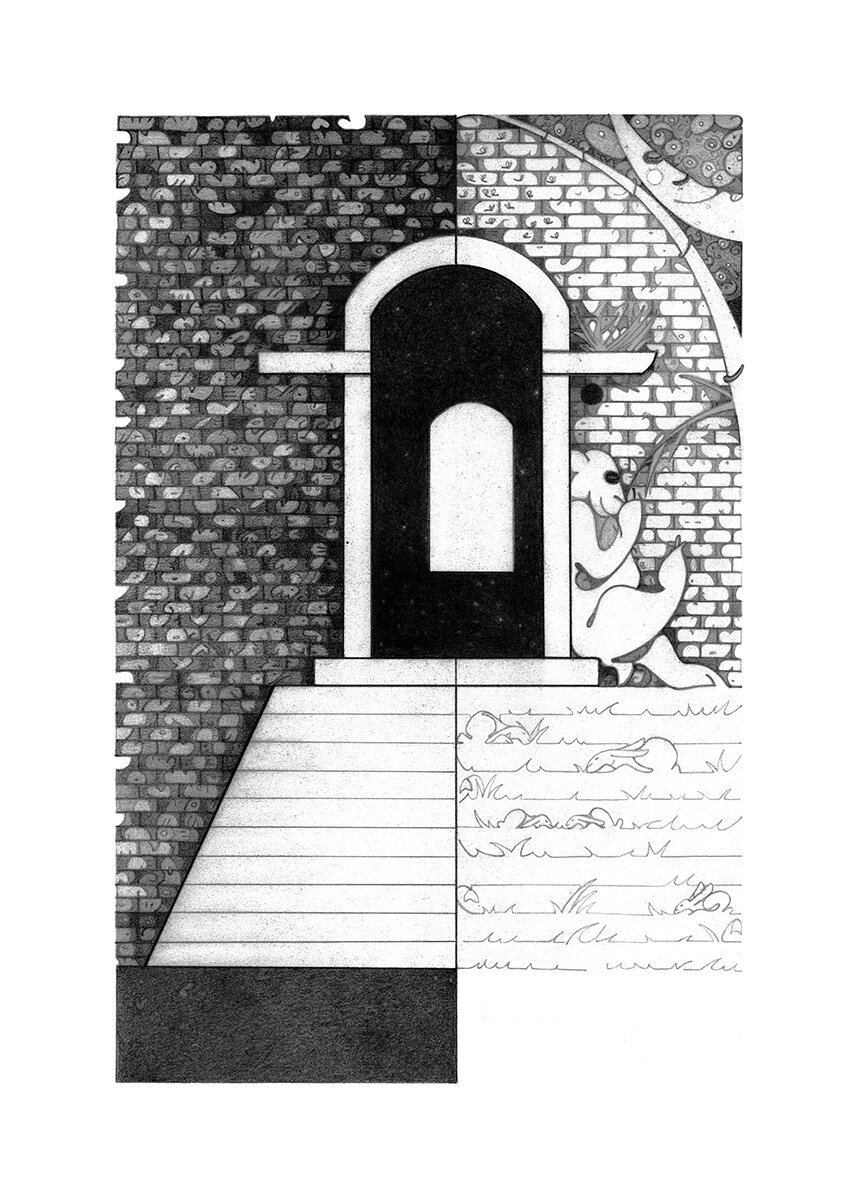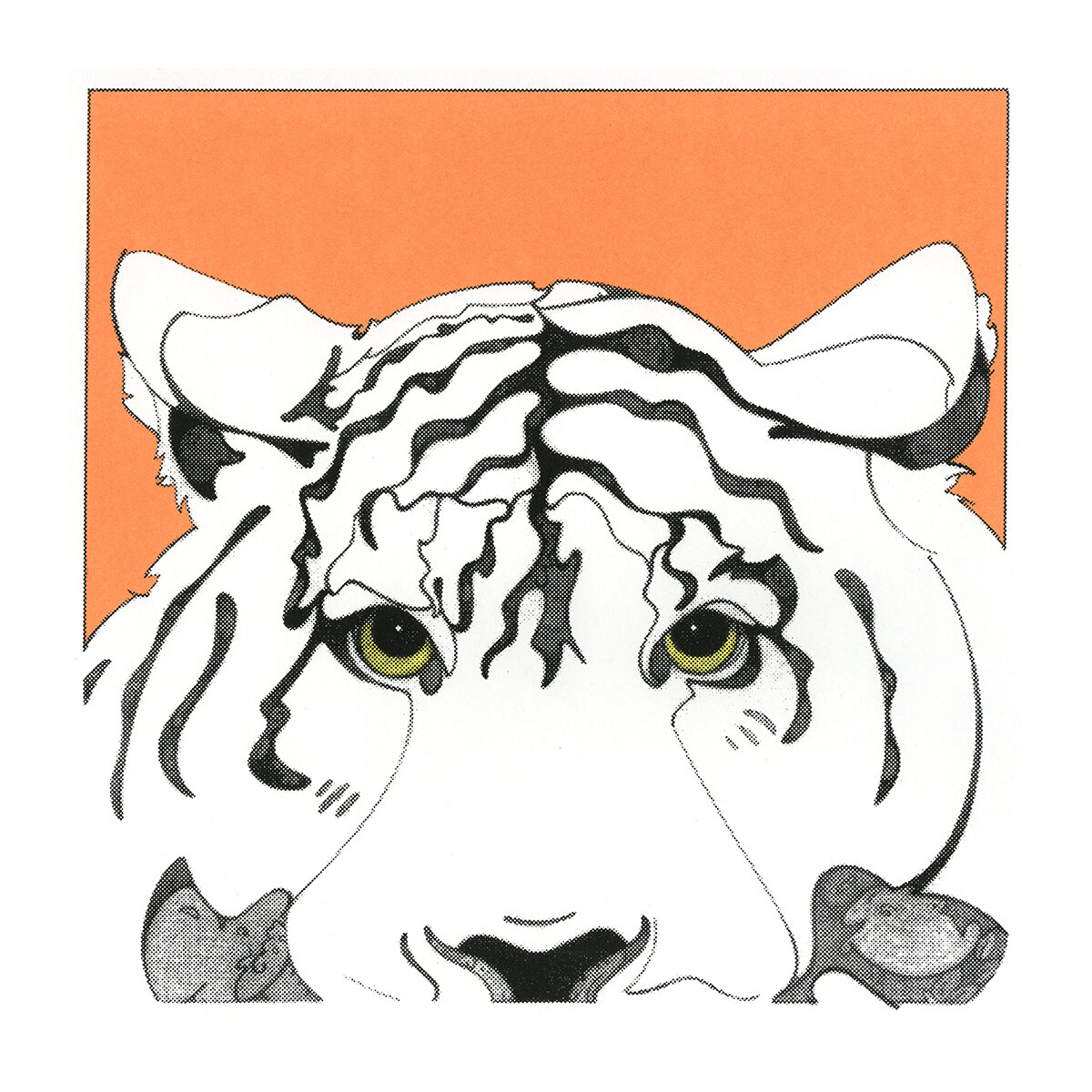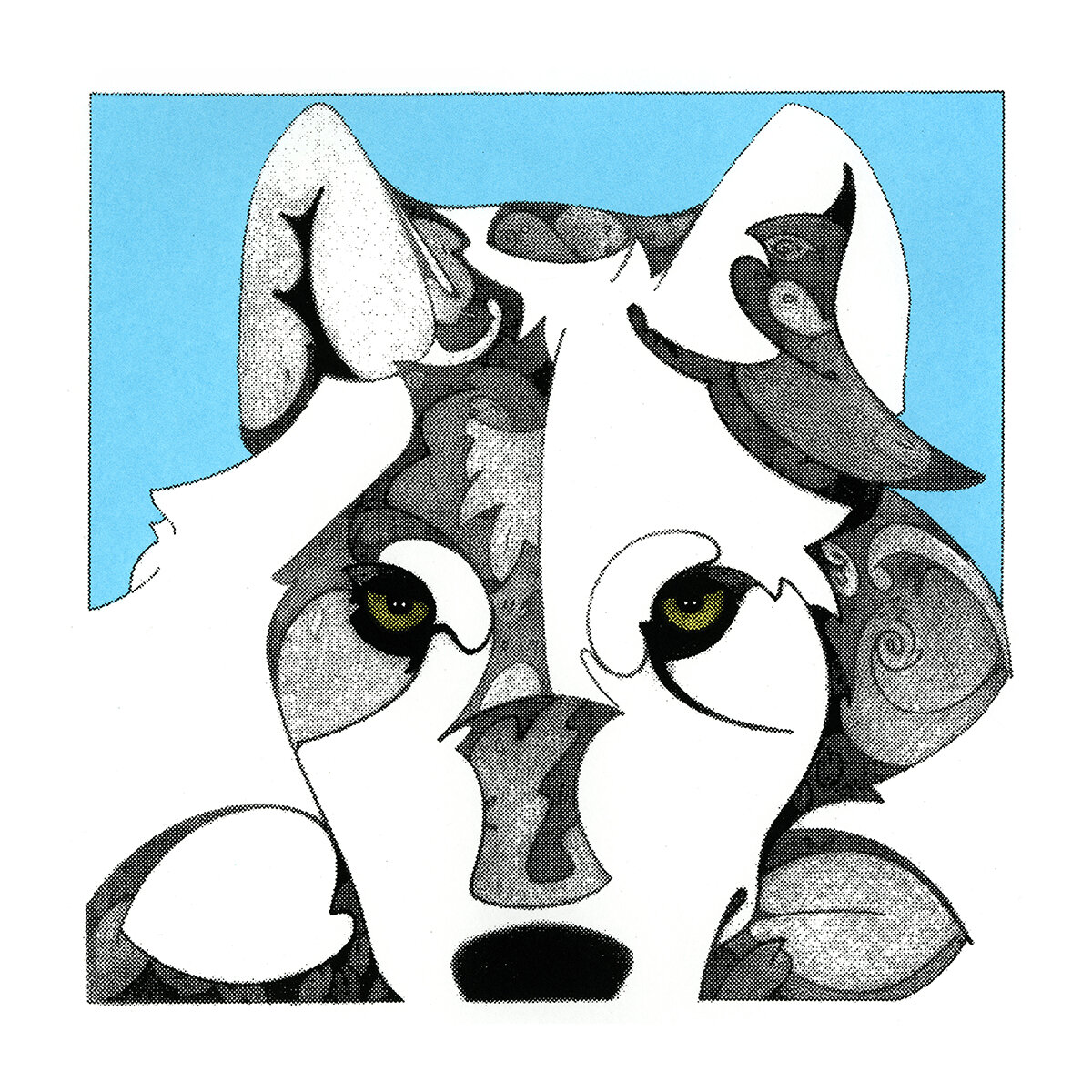animals
Path Series - To Be or Not To Be?, drawing, created and copyrighted by Kathleen Zimmerman
To Be or Not to Be?
What does an artist create for today’s world?
Read MoreContemporary Yet Ancient
The lost wax method of casting, is the process Kathleen Zimmerman uses to translate her clay or plaster originals into bronze sculpture. This method of casting was first used by the ancient Chinese and Egyptians to create ritual bronzes, or small figurines, and then by the Greeks to create life-sized bronze castings. Zimmerman’s artwork may be contemporary, but are made using this ancient methodology.
The images below are of Kathleen Zimmerman’s latest sculpture that were cast in bronze. Shown In the following order: Bear Hug {plaster), Counting Sheep - Couple (clay - both sides and plaster pair), Moon Rabbits - Full Moon (plaster pair), Community Spirit - Meeting (plaster pair) and Farm Labor (plaster).
The most important part of this process is creating the original form that will translate well into bronze. When this is accomplished, a rubber and plaster mold is made from the clay or plaster sculpture so that a bronze copy can be produced. Zimmerman makes her own molds from her clay sculpture or plaster originals and then sends these molds to an art-casting foundry. The master foundrymen use her molds to make the bronze castings. The foundry that Zimmerman is currently working with is Lands End Sculpture Center.
The images below showcase Lands End Sculpture Center in Paonia, Colorado and Zimmerman Fine Art Studio in Willington, Connecticut. Lands End Sculpture Center has years of experience in the lost wax method of casting as well as a personal connection with the artist, which explains why it’s her foundry of choice. This age-old method of casting begins with pouring hot wax into the mold, creating a wax sculpture. The wax sculpture is then spurred and chased. Spurring is adding wax funnels, while chasing is fixing any imperfections in the wax. Then the wax and spurs are coated with a number of layers of a ceramic mixture to form a shell. Once the shell is complete, it is heated in order to harden the ceramic shell and melt the wax out. This step in the process is why this type of casting is called the lost wax method. Then molten silicon bronze is poured into the empty shell, which creates the bronze casting. After the shell and bronze cool, the shell is broken off and the metal spurs are cut off. Finally, any welding that needs to be done to connect separate pieces to make a complete whole or to fix any imperfections is carried out. When this work is finished, the whole sculpture is returned to Zimmerman Fine Art Studio.
The images above are of Zimmerman’s artwork going through the process. We are including images of the originals to help you spot them. These images include: the spurring of the wax of Bear Hug, a spurred wax of Farm Labor (upside down), the making of ceramic shells (Farm Labor up front, Bear Hug then Moon Rabbit on left and Community Spirit on right), after the wax has been melted out of the ceramic shells (Counting Sheep and Bear Hug on the left, Moon Rabbits in the middle), the pouring of the molten bronze, the shells filled with molten bronze, the cooling of the shelled castings, a view of showing some of the rough castings, and finally, these sculpture after the metal spurs were cut off and separate pieces were welded together (two of each).
The final stage of the process is to refine the metal castings, sandblast them to clean them, and the application of patina, all of which is done at Zimmerman Fine Art Studio. Welds and imperfections are sanded, and details carved back where they are needed using pneumatic tools. Then each piece is cleaned by sandblasting so that a patina can be applied. A patina is created by adding chemicals or paint to the surface of the bronze to color and seal it. If this is not done, the bronze will react to its environment and usually turns a greenish grey color. While there are numerous patinas that can be applied, Zimmerman prefers to keep it simple, either black or white, so the beauty of the forms stand out.
Once the casting is finished, Zimmerman constructs simple shapes or more complex elements to go along with the cast sculpture at Zimmerman Fine Art Studio in Willington, Connecticut. Her preferred material for these elements is wood because she thinks it has a visual softness that works well with bronze. Also, since her father was a carpenter, she feels a connection with this material and likes working with it. That being said, in life-sized outdoor sculpture; stone, water or cement may be used along with the casting to endure they stand up to whatever nature has in store for them.
Zimmerman Fine Art Studio
Rising Star?
Why does Kathleen Zimmerman think that zebras are Rising Stars?
Kathleen Zimmerman’s latest drawing, Rising Star, is the fourth in her Star Series. The idea behind this series is to portray a variety of animals that have for some reason or another grabbed our attention and become stars, in a sense. Stars, in that they have become icons that are used widely in stories and popular culture.
Star Series - Rising, drawing, created and copyrighted by Kathleen Zimmerman
Zebras have long been featured in African folktales but in recent times have found themselves front and center in American popular culture. Most notably in films such as, Madagascar, Racing Stripes and Khumba. This is why Zimmerman sees them as rising stars. She believes these iconic animals are featured in popular culture due to their inherent design and sociability. The fact that they exhibit the ultimate mastery of design, both in their coats and their form, is one reason. It is hard to imagine a more distinctive and pleasing coloration. Each zebra has its own unique patterning much like each human has its own unique fingerprint. Their physical form is strong and fleet. Their sharp hooves and muscular build are used to ward off predators who get close but its their ability to run full out in large groups that captures our imagination. The other reason they have become “stars”, their social nature. They choose to live in groups, from small family-sized groups to large-scale herds, bonding to whatever group they find themselves in. When they are not being threatened, they live quite peacefully helping each other by loosening matted hair with their teeth or fanning flies away from their herd mates with their tails as they graze the grasslands or mountainsides. These aspects endear them to us. So, when thinking about the Stars of the animal world, it is no wonder Kathleen Zimmerman chose them for inclusion.
For those who have not seen our related post concerning Kathleen Zimmerman’s Star Series, we are sharing images of her first two serigraphs from that series, Evening Star and Morning Star. These intense portraits of the wild versions of the cat and the dog, or tiger and wolf, integrate the aesthetic beauty of these animals with hints of their jungle and forest habitats. While these carnivores have long been feared and even hated because they were seen as rivals to humans, this is changing in today’s world as it should be. They are no longer our rivals but worthy fellow creatures that deserve our respect and allowed the space they need to live their lives. They are after all, essential members of healthy wild ecosystems. When left alone in the wild, they create a balance that is beneficial to both the plant and animals’ worlds. In Zimmerman’s serigraphs, she used orange in reference to the evening sky and the tiger’s coat while she used blue in reference to the early morning sky and the wolf’s melancholy song.
An image of Zimmerman’s third serigraph in this series, Star Series - Midday is shown above. Here Zimmerman portrayed the iconic Panda Bear, an undeniable star of the animal world. This masked sweetheart has a way of stealing everyone’s hearts away largely due to its distinctive coloration, gentle nature and clumsy yet adorable way of moving. In Zimmerman’s serigraph, she used green to reference its bamboo forest habitat and its harmonious, optimistic personality.
While the limited-edition, hand-pulled serigraphic prints of Star Series - Rising have not been created yet, the image above shows its design. Along with the depiction of a zebra, hints of its savanna and mountainside complete this composition. Zimmerman plans to use a golden background to symbolize the rising sun, grasslands and enlightenment that is needed to protect them from endangerment and extinction.
Kathleen Zimmerman’s digital print edition is now available, but we will let you know when the serigraphic prints become available on this website and through our emailing list. If you are not on our email list, go to the contact page on this website and sign up to get periodic emails about Kathleen Zimmerman’s latest creations!
Zimmerman Fine Art Studio
Intimate Is In!
Kathleen Zimmerman’s intimate-scale prints are now available for adoption on our website!
We at Zimmerman Fine Art Studio are proud to announce that we are opening an e-commerce page on this website to make it easy to collect Kathleen Zimmerman’s digital prints! This page can be found by going to digital prints listed in the menu items.
Zimmerman created her collection of limited-edition digital prints from her original drawings. She scanned each drawing into her computer to create a digital file. Then she refined and altered each image to make them a distinct work of art. While these prints capture the essence of the original drawings, the media and the manipulations make them unique. Zimmerman then personally printed each one using archival ink nestled comfortably on 8 x 10 sheets of fine art paper. This ensured that each print is of the highest quality and the perfect size to fit any living space. The small scale draws the viewer in, giving them an intimate experience with the work. It also allows the patron to create a meaningful presence in a small space by hanging just one or for a larger space by grouping two or more together!





Kathleen Zimmerman limited the editions to 100 and kept the pricing consistent. This was done in order to ensure the quality of each print and to make the patron’s choice about personal connection. The only exception is a slight discount for prints that are only sold as a pair, such as: Global Series - Bear Hugs, Instrument Series - Fe Male, Journey Series - Hi Lo, Offspring Series - Motherhood and Fatherhood, Rights Series - Balanced and Unbalanced, WoMan Series - Man and Wo, and her Star Series - Evening and Morning (shown below in that order).
For patrons who would like to support the environment as well as acquire a meaningful work of art, there is another option. A limited selection of both her serigraphic and digital prints can be adopted with ease from the Artists for Conservation’s website. We donate 25% of the value of the artwork to worthy environment groups such as, the World Wildlife Fund, The Nature Conservancy or Compassion for World Farming. The link to her webpages on Artists for Conservation’s website is http://www.artistsforconservation.org/Kathleen-Zimmerman.
We hope these online galleries will make it possible for everyone to add meaningful art to their living space!
Zimmerman Fine Art Studio
















































